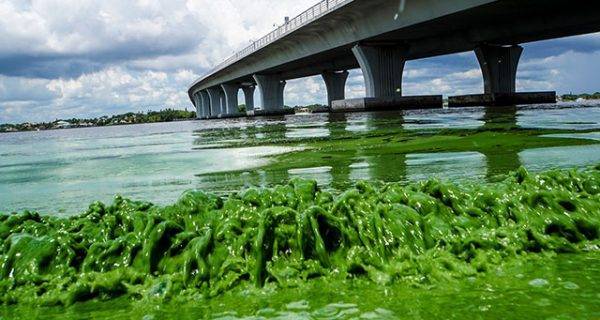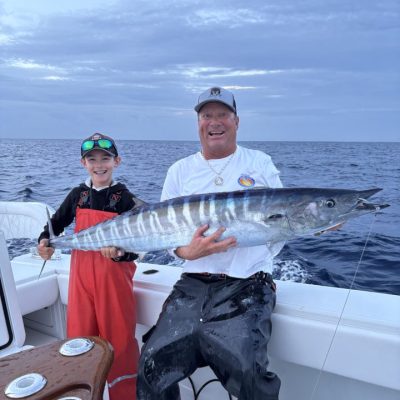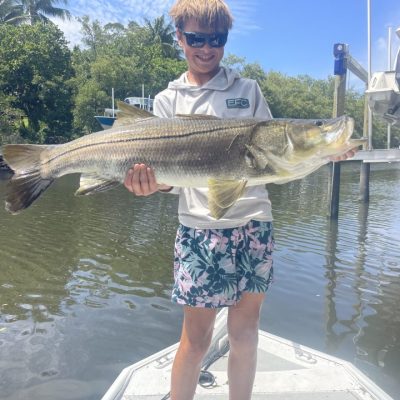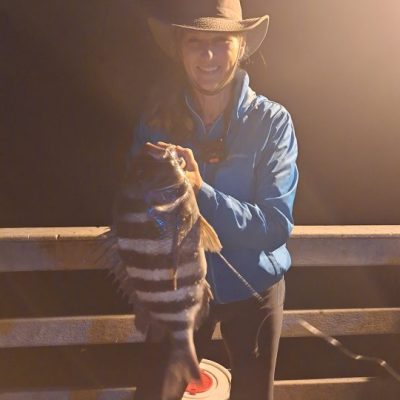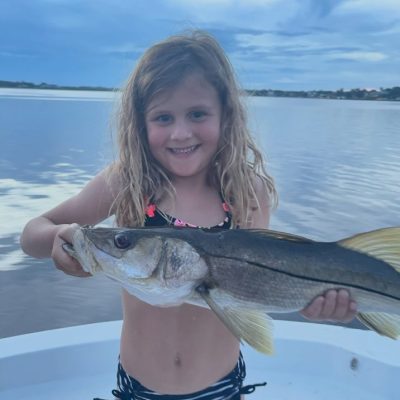Conservation
Environmental and waterway news.
Latest in Conservation
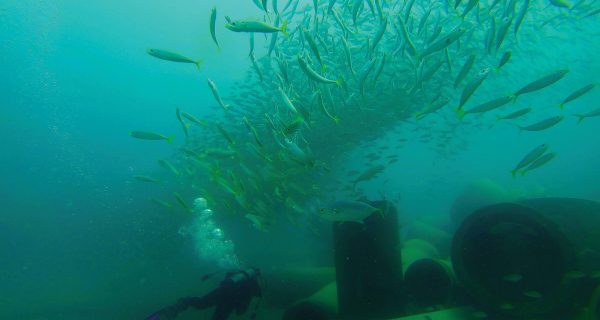
The Paradise Reef of Collier County
By Capt. Jim Kalvin: There’s been a lot of gloom and doom lately regarding the cumulative effect of creeping regulations …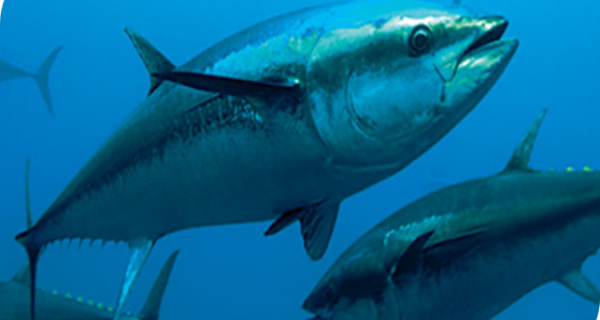
Paying Gulf Longliners Not To Fish
It can be tough to keep up with all the acronyms involved in and created by the aftermath of the …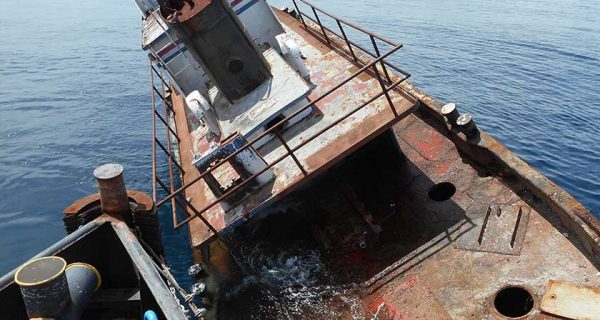
St. Lucie County deploys Tug Kathleen
On September 26, 2016, the St. Lucie County Artificial Reef Program deployed the 70-foot tug Kathleen. The new reef is expected to become an additional fishing and diving destination.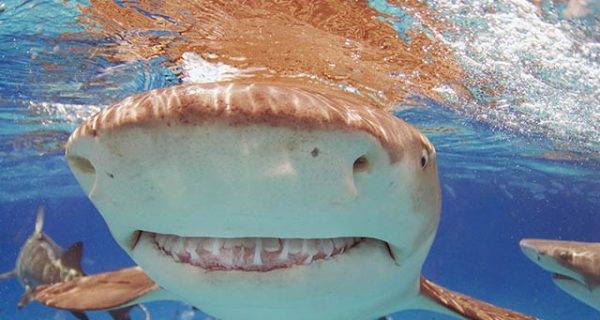
Shark and Stingray Smiles
I find that photography can have a powerful impact on the way people see the world around them and perceive things. It can even help us determine how we should feel about something. I love sharing images of shark and stingray smiles because they are actually quite comical, especially the rays. I hope they make people themselves smile, but also encourage them to think differently about these often demonized creatures.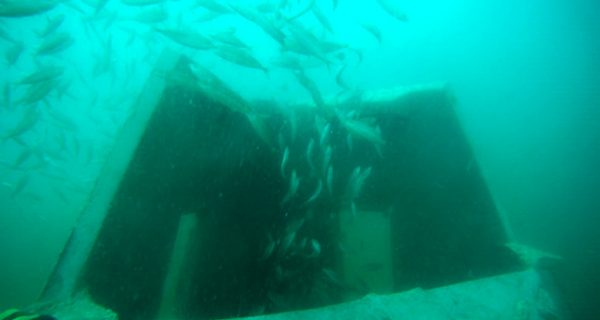
Artificial Reef Updates: September 2016
Reefs in 55-foot depths have resulted in diverse fish assemblages. Eighteen species in the snapper-grouper complex, including black grouper, black seabass, gray snapper, mutton snapper, cubera snapper and yellowtail snapper have been documented on artificial reefs at these depths...